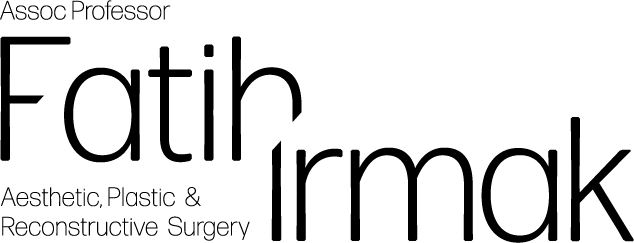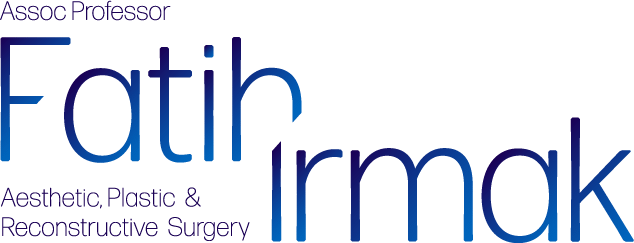Under general anesthesia rhinoplasty surgical intervention takes approximately 2 hours. Rhinoplasty surgery Afterwards, patients can be discharged on the same day or the next day and go home. It is possible for patients to return to their work life after the doctor's control to be performed after a period of rest for a few days.
Rhinoplasty After the surgery, the pain will be minimized in line with the medications given by your doctor. It is among the recommendations of doctors not to get out of bed for a few days except for compulsory needs. Since there may be difficulty in breathing due to the tampon applied to the nose, breathing should be mostly through the mouth. In cases where sneezing is felt, this situation can be overcome by breathing deeply with the mouth open. Difficulty in breathing may continue for 1 to 4 months after the removal of the nasal tampons.
The Process Before Rhinoplasty
During the pre-operative consultation with the doctor, patients should inform the doctor about previous surgeries, medications they are taking, or information such as smoking and breathing difficulties, if any. For the surgical intervention to be performed, some medications and tobacco use may be requested to be terminated. The cost of this surgery for aesthetic purposes is not paid by some insurance policies and is not covered by the fees specified by the clinic. rhinoplasty prices are covered by the patients.
Rhinoplasty Surgery Process
The cuts to be made through the nostrils are the first stage of the surgical intervention. Then, depending on the problems in the patient's nose, the problems on the back, tip and inside of the nose, if any, are eliminated. After these procedures, after applying a tampon to the nostrils, the plaster is covered with a splint and the surgery is terminated. In order to minimize the bruising and swelling that may occur on the patient's eyelids, a plaster is applied to the eyelids. Rhinoplasty surgery complaints such as weakness, nasal pain or headache may occur afterwards.
Complications After Rhinoplasty Surgery
Rhinoplasty The risk of complications after surgery is proportional to the experience of the surgeon who will perform the intervention. However, there is a certain amount of risk even after interventions performed by the most experienced surgeons. Factors such as bleeding and infection in the nose can be given as examples of these risks. In aesthetic interventions other than the reduction surgery to be performed in the nostrils (open nose surgery), there is no scarring due to the fact that the surgery is performed through the nostrils, and after the open nose surgery, there is a scar on the lower part of the nose.
Recovery Time After Nose Surgery
The patient wears a small plaster cast over the nose for a week. It is natural to have slight blood leaks from the nose for the first few days. For a few weeks, the patient may have difficulty breathing due to edema in the nose. In the first week (during the cast period), the patient can do almost anything he/she wants; there are no restrictions. Provided that the cast does not get wet, he/she can take a shower, go out and go to work. The most important issue to be considered is that glasses should not be worn for 4 months. It is recommended to stay away from sports that require direct contact. It is appropriate to be checked by your doctor at regular intervals for eight months. At the end of one week, the plaster on the nose is removed and the patient's friendship with the mirror begins!
Things to Consider
- Rhinoplasty The tampons placed after the operation cause difficulty in breathing and the plasters on the eyelids cause difficulty in seeing. These should not be touched until they are removed by the doctor.
- The tampons placed after rhinoplasty cause difficulty in breathing and the plasters on the eyelids cause difficulty in seeing. These should not be touched until they are removed by the doctor.
- Care should be taken to use at least two pillows when sleeping or resting. Keeping the head elevated will minimize swelling and bruising.
- Occasional small amounts of blood coming from the nose in the form of leakage is a normal condition. However, if it lasts for a long time, your doctor should be notified.
- Removing the plaster splint applied during the operation process at the time specified by the doctor will help to get better results in terms of shaping the nose.
- When brushing your teeth, you should use a soft toothbrush and try not to play with your nose and get hit.
- After the plaster splint is removed, your nose may feel too upturned. A stroke of 5-10 degrees will occur within the first month.

